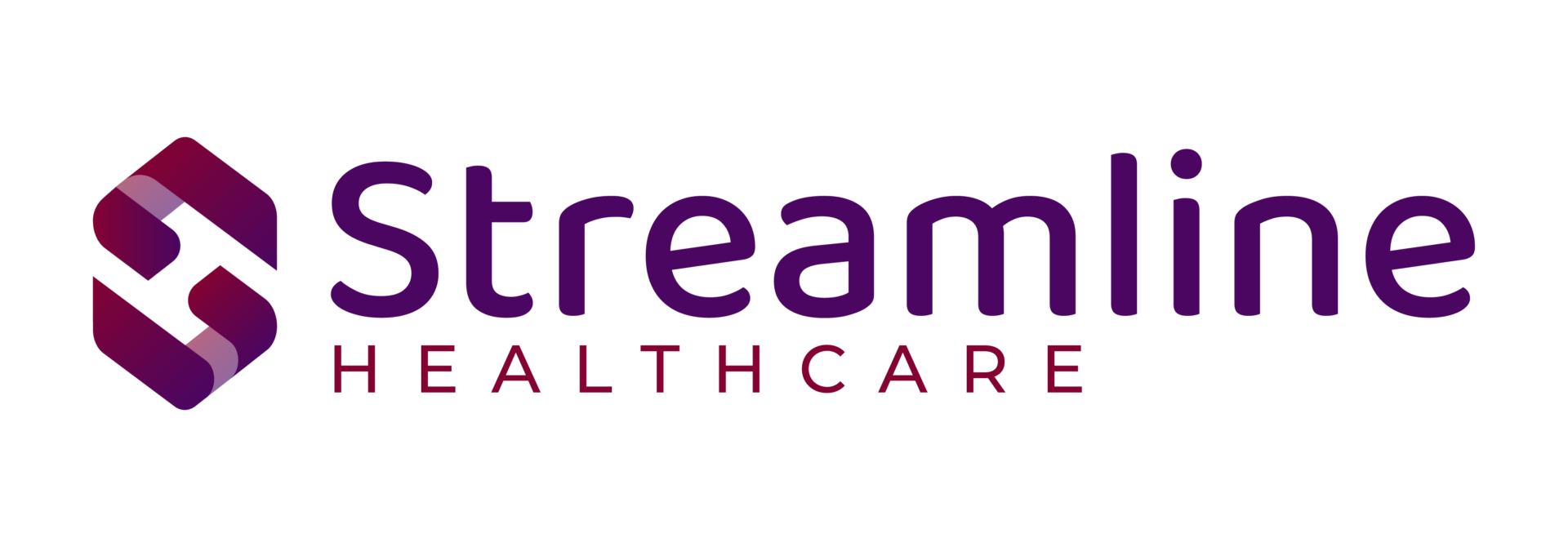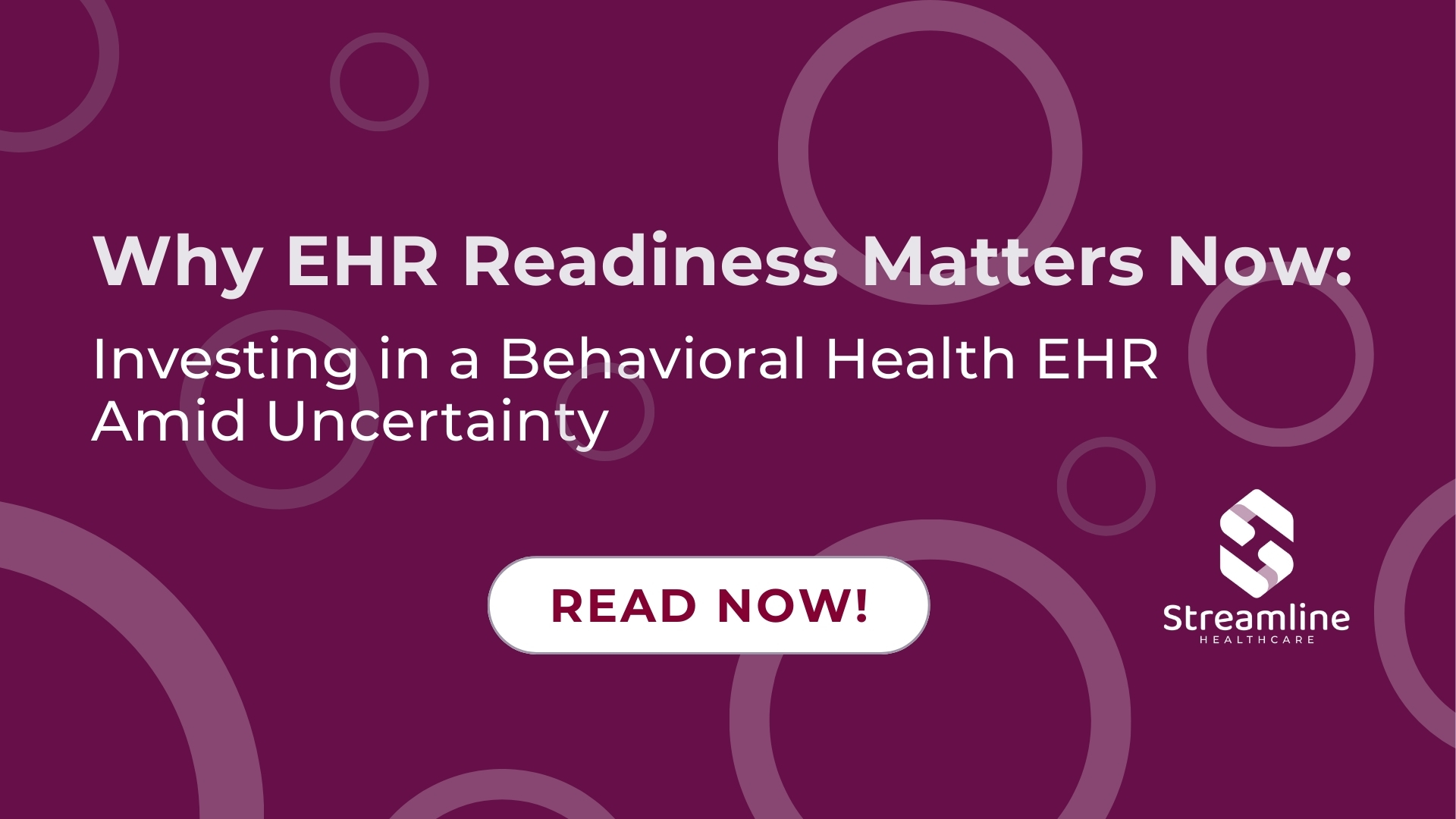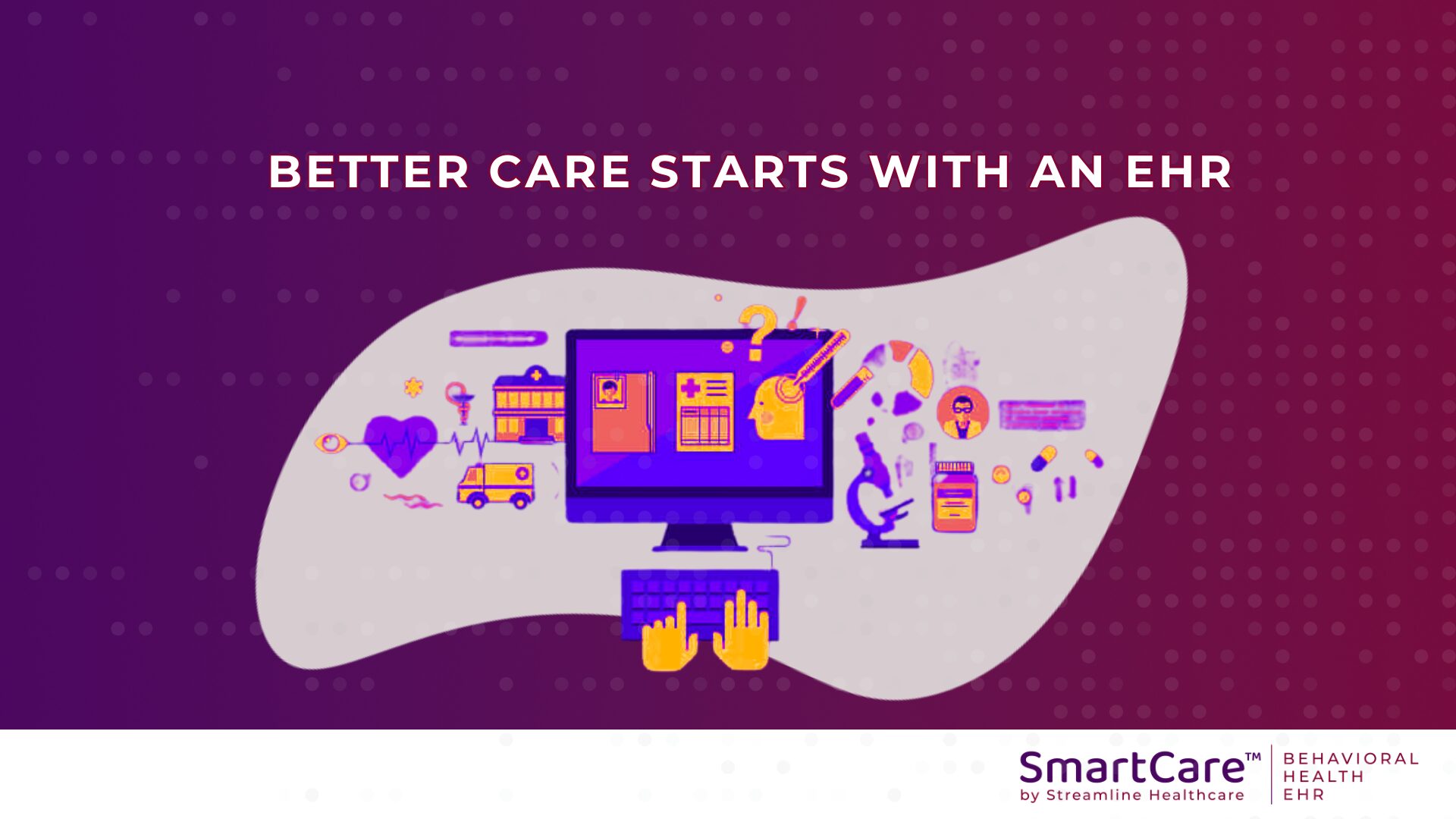Today’s technological advances are not only increasing the mental healthcare system’s overall efficiency, but are leading to better internal organizational development. As state requirements become more refined, the change to online record use is serving to revolutionize the data holding process and information sharing. The same technology is also offering parallel benefits within participating organization’s cultures and staff’s performances. To better understand the positive impact that technological changes make, we’ve explored how the data collected for your state’s requirements transform into benefits for your internal organization’s needs.
Company Culture
Technology can help improve overall organization and employee performance once implemented. Integrating with technology means understanding how technology can benefit your organization’s performance goals. With EHRs (Electronic Health Records), the technology can be harnessed to develop strategies, improve client care, and to collect data to meet organizational metrics. It becomes the technology cornerstone of the organization, but will lose the impact potential without your staff’s complete involvement and participation. Embedding the technology into your company culture can be achieved with time, use, and education, until it is a daily practice.
Security Updates
Security is far more than a department or IT team: it’s a part of every employee’s job. Awareness and accountability are important for each employee, making security a company-wide responsibility. Building a sustainable security culture extends to products, services, and day-to-day procedures. It’s a lifecycle that generates security returns continuously, and is embedded within the internal organization. Privacy and security belong to everyone, and require a sense of individual responsibility along with community commitment. Companies that demonstrate a true sense of caring and concern for consumer privacy gain a competitive advantage over those that don’t prioritize it, or even those that don’t openly show their security structures. This reassurance extends to clients and increases their comfort, since they want to see security as a visible, important part of the company they choose to work with.
Increased Communication
EHRs are improving the way that physicians, providers, and clients are able to interact and share important health and mental health information. This process provides a goal for increased communication for your internal organization’s needs. Open communication helps align employees with the mission, vision, and values of a company. Information accessibility, the ability for outreach, and available messaging channels are all important parts of employees being able to bond as a team and receive instruction and support. It also helps relay managerial updates, so departments can understand the reasoning behind the necessary changes and adaptations that must be undertaken to increase profitability.
User Privacy Regulation
Adhering to user privacy regulations is key for a business to succeed, and also essential for a business to even exist. Meeting compliance requirements is a legal obligation for many companies, so that certain standards and laws are upheld. Organizations that fail to implement proper privacy protections risk fines and significant business loss.
Companies that explicitly promote their goal of privacy protection and user regulation are both maintaining and improving their brand values. The goal enhances a company’s image, reputation, and commitment to data protection, all of which help ensure customer loyalty. Transparency and dedication to the policies strengthens and grows business, by being a clear, ingrained part of employee and company culture.
Better User Data Organization and Personalization
User data is a crucial part of client engagement. The data impacts how businesses provide services, design products, and allocates resources. Technology has created the opportunity to organize data better, as well as extract specific information that leads to a better understanding of a company’s target market. The insight drives stronger messaging that is more effective, and cognizant of the behavioral trends and preferences of your current clients and those you wish to reach.
Product and Service Enhancement
Product and service enhancement are also directly impacted by data collection. Data can be used for planning, implementing, and evaluating changes within a system, whether for products or services. It serves to inform design decisions and development. Data impacts an internal organization by providing opportunities for innovation. Innovation for processes, products, and services is reachable through a heightened grasp of consumer preferences found through data. It can lead to increased employee engagement and development. With proper cultivation, employee morale and creativity is boosted.
Through collected data, companies gain the ability to create a more personalized experience for their clients. The data looks at your users’ needs and interests, which impacts the marketing team most of all. It provides the capability to devise more targeted messaging with specified materials, messaging, content development, and features. Information that aligns with consumers’ interests is engaging and compelling, and creates lasting relationships through relevant marketing. Personal touches are priceless, and are becoming expected by younger generations. Organizations have more chances than ever before to best understand their consumers and how to retain their interest.
While technology advances offer clients and healthcare providers an optimal way to access information, it is equally beneficial to companies’ internal organizational development. Through company culture alignment, data organization and personalization, and more, technology is a dynamic force that can be an invaluable investment.




